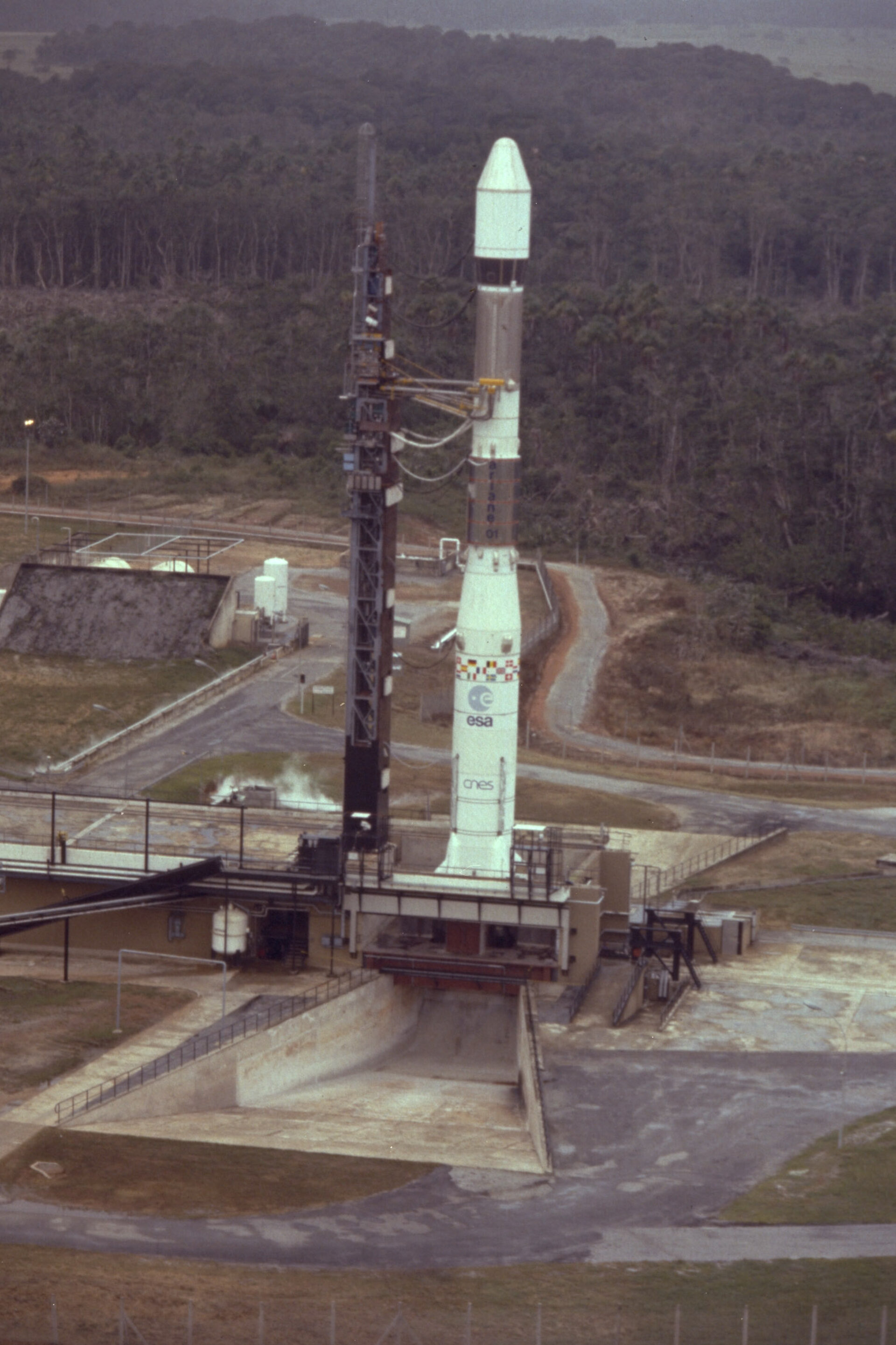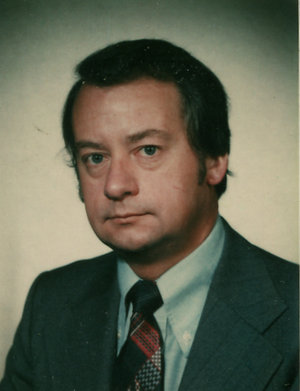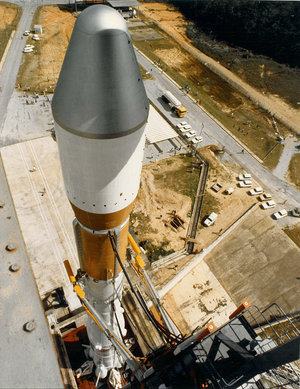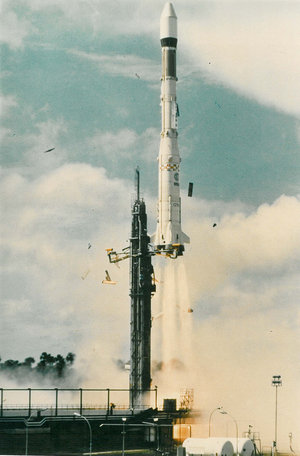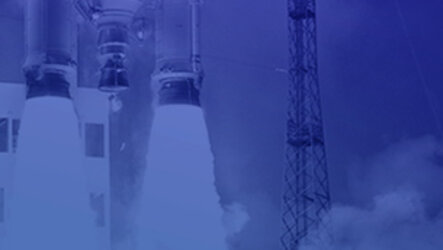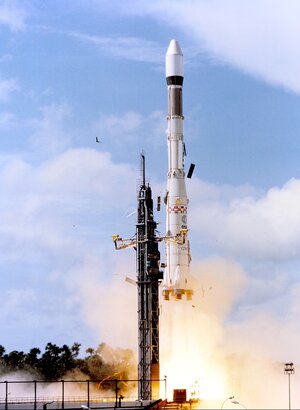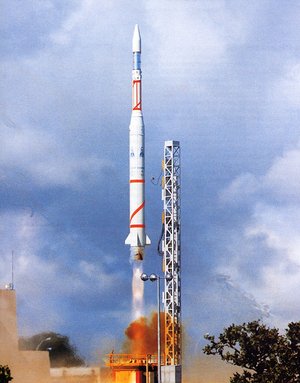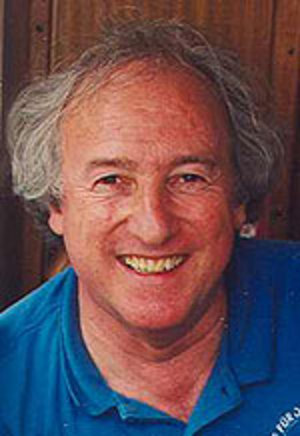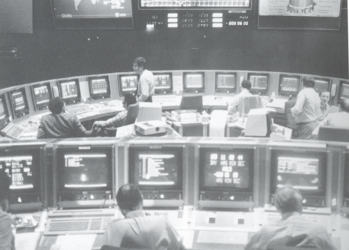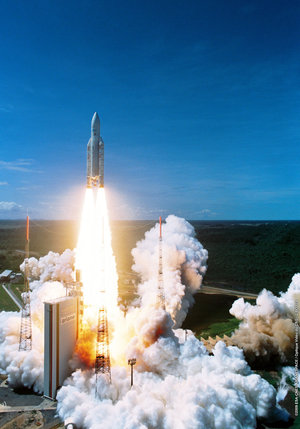Part 4 - A race against time
The CNES Ariane Project Manager Roger Vignelles had insisted, against reluctance within his own team and industry, that procedures be prepared in case of an aborted launch. The main problem was that the tanks of the first and second stages had been in contact with nitrogen tetroxide and were now subject to corrosion.
If they were not launched by 24 December, very latest date, the launch vehicle would have to be dismantled and shipped back to Europe. What then followed was an incredible race against the clock.
First, the third stage had to be emptied and secured before it could be approached, or even the door of the blockhouse opened. But the cryogenic propellants had to be evacuated through the small purge connectors (the main feed lines had been separated during the automatic sequence) which took a very long time.
The blockhouse was not equipped for such a long occupation and the crew locked up in there had a hard time. During this period and the following days, the members of the operational teams and their hierarchy worked to exhaustion.
The French Coast Guard had detected two ships positioned offshore, exactly under the flight path of the launcher...
In parallel, technical meetings were held one after the other in order to find the cause of the problem and to define corrective measures. It was found very quickly that the two pressure transducers of engine D that measure the chamber pressure had failed simultaneously at ignition. They had sent erroneous values to the computer that handled the propulsion system.
On that basis, the computer had correctly kept the launcher on the pad and shut down the four engines. But the actual pressures in the four engines had been normal and the vehicle could have flown. The measurement chains were considerably improved, the modifications validated and, in view of the state of the vehicle hardware and the progress of the preparations for another launch attempt, a new launch was scheduled for Sunday, 23 December, at 12:00 local time.
In the meantime it had also leaked out what had happened in the morning of 15 December, during the launch sequence. The surveillance plane of the French Coast Guard had detected two ships positioned offshore exactly under the flight path of the launcher. They appeared to be Russian fishing boats, but were equipped with many various antennas which perturbed our radar emissions, and they refused to leave the launch area.
The French authorities managed finally to identify the ships as being two camouflaged US spy ships. When confronted with their identification, they ceased emitting and disappeared.
The new Flight Readiness Review took place on Friday, 21 December. It confirmed the launch attempt for Sunday at noon.
Second attempt, but the count stops again…
The launch sequence continued, but on this Sunday, operations did not go as well as expected...
The launch sequence started on Saturday, 22 December, as usual with the filling of the first and second stages. In the evening, the stages were full and tight, no leaks detected.
As for the first attempt, the launch sequence continued on launch day with the retraction of the gantry and the filling of the cryogenic stage. But on this Sunday, 23 December, operations did not go as well as expected. A series of problems, mostly minor, interrupted the sequence.
Even the automatic sequence was stopped several times and H0 postponed. It was not possible to obtain the required low temperature of 100K in the helium tank of the third stage, probably due to a partially frozen filter in the line between the launcher and the umbilical mast.
The automatic sequence stopped again at H0–50 seconds. At this point, the launcher authority decided that an intervention at the launch pad was necessary and cancelled the launch attempt of this day. The third stage was emptied, this time through the still connected main filling lines, and the gantry put back in place. First and second stages remained filled.
The measures and modifications to the procedure in order to avoid the hold were decided in a late meeting at night and immediately executed. A third and last attempt is scheduled for Monday, 24 December, at 12:00 local time.
See Part 5 - A marvellous Christmas present
For more information:
Interviews about Ariane with key figures of the European space programme can be found at ESA's Oral History web site. They are: Frédéric D'Allest, Michel Bignier, Peter Creola, Hubert Curien, Bernard Deloffre, Roy Gibson, Klaus Iserland, Guy Kramer, Raymond Orye and Yves Sillard.


